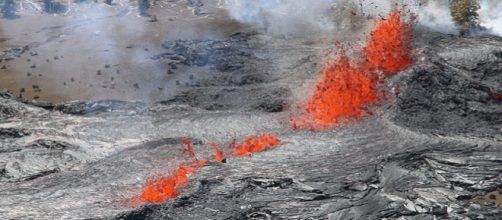Geologists have sounded the alarm for Hawaii because the Kilauea volcano has erupted and has already devastated the locality. Experts have warned that residents must be prepared to face sudden bursts that could throw huge boulders apart from toxic gases and molten lava into the air.
An eruption of a volcano falls in the category of a natural disaster and, while technology is available to predict the seismic movements, it is impossible to forecast just how it will affect the locality. Molten lava flows out from fissures and its downward route is unpredictable.
Daly Mail UK reports that the Kilauea volcano erupted last week, and has sent lava flowing across the island. It has also released toxic gases into the atmosphere and officials are worried about the emergence of volcanic smog which can lead to several issues of health.
Danger to lives and property
Kilauea volcano in Hawaii is one of the world's most active volcanoes. It has already destroyed a number of structures ever since it became active last week and released molten lave into fissures that opened up in a residential area. US Geological Survey USGS has cautioned that the volcano could now begin to eject huge blocks of stones which could land up some miles away.
The University of Hawaii has said that the volcanic smog contains tiny particles of sulfuric acid which can cause serious health problems and can affect the respiratory system apart from the eyes.
Places that experience such smog could get acid rain which is harmful to not only crops but also to metallic objects like cars and farm equipment. Is the acid rain enters the catchment areas, it will contaminate the drinking water and pose a major risk to the people.
Authorities want residents to vacate
As a precautionary measure, the authorities have advised a section of the residents to vacate their houses in the rural district of Puna on Hawaii's Big Island but some of them have ignored the order. The emergence of a new threat in the form of additional vents has prompted Hawaii County to issue a cellphone alert ordering the people to leave immediately. This alert was followed up by the police making personal visits.
These residents live in a forested, remote part on the eastern flank of Kilauea volcano which has been erupting on a regular basis since 1983. No one can forecast when the eruption will cease or the extent of spread of the lava. According to officials, the path of the lava could target new areas and create unwanted situations. Many people have already lost their houses and others must take care to escape from the fury of the disaster before it is too late.


